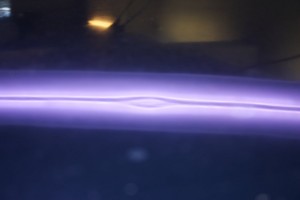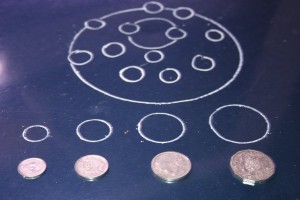Recognising and Counting Hail Dents
Having observed countless dents over many years, it is natural for any PDR technician to readily recognise vehicles with hail damage just by passing near a car. Furthermore, it is a skill essential to the quotation process since the number of dents influence pricing. And of course the recognising of dents is a skill essential to the repair process since understanding the dent depth and size is one of the most crucial skills required when applying pressure to repair the dent. Using the light, you can see that the dark line contrasted within the light bends caused by one or more dents. If you don’t yet have a light, you need to take the vehicle under cover to ensure you have sufficient lighting reflection without ambient light. Generally, the PDR industry utilise special fluorescent lights to observe hail dents to accurately count dents and categorise into size and depth. Using the varying angles and light, technicians scan each panel, one at a time and carefully counts the number of hail dents. But technicians are quite experienced in doing this and have mastered the techniques of counting rather quickly. It may seem simple enough to count the number of hail dents on panels. But with larger panels and in particular when there are a large number of dents, counting may not be as simple after all. It becomes easy to lose track of what dents were counted and what ones have not.
Counting the hail dents
Once you have determined that a vehicle has hail dents, we need to get a sense of the number of dents on the vehicle. Obviously the most accurate method of determining the number of dents on a panel is actually counting them. It may be more beneficial to count smaller hail damaged panels first before graduating to large panels. As easy as it may seem it is a skill and eventually you require to count at a faster pace to provide quotations within 10 or 15 minutes.
This is part of the skill we train in paintless dent removal training!
Contact us on 0408020468


